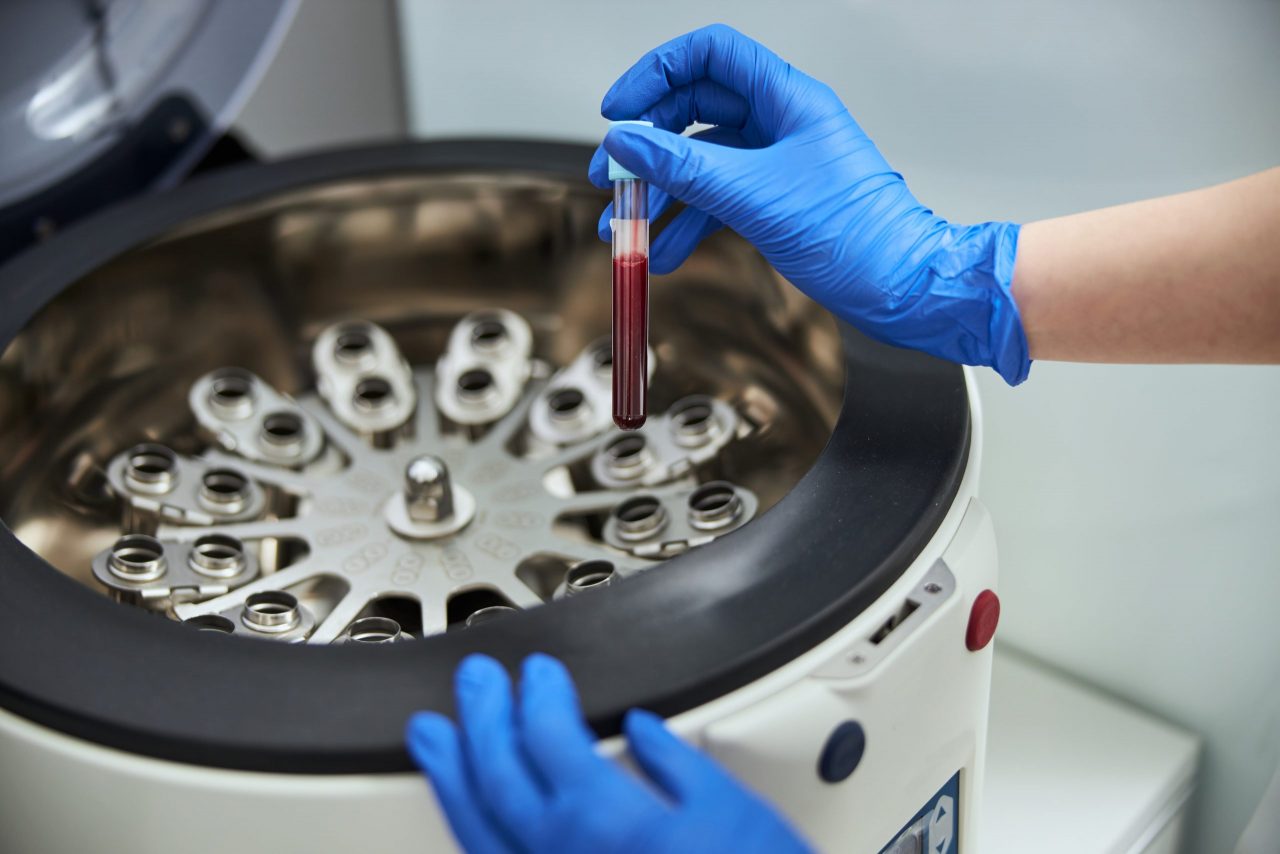Centrifugation is one of the most important and widely applied research techniques in biochemistry, cell and molecular biology, and medicine. Today’s research and clinical applications depend on the isolation of cells, subcellular organelles, and macromolecules, generally high throughput. A centrifuge uses centrifugal force (g-force) to isolate suspended particles from the surrounding medium either in batches or as a continuous flow.
What is the g-force?
The relative centrifugal force or g-force (RCF) is the amount of acceleration that will be applied to the sample. It depends on the revolutions per minute (rpm) and the radius of the rotor. It is relative to the force of gravity on Earth. A well-written protocol or method should indicate that when using a centrifuge it should be done using g-force instead of rpm because the size of the rotors will be different depending on the brand and therefore the g-force will be different.
Unfortunately, not all protocols are accurately written and instructions are given incorrectly using rpm. Therefore, one has to convert g-force (RCF) into revolutions per minute (rpm) and vice versa. Some centrifuges automatically convert these units, others do not, but for those cases where they don’t, there are formulas to calculate this.
How to achieve the proper balance of my centrifuge rotor?
For a rotor to run smoothly and safely, it must always be well balanced. A rotor can be properly balanced by following a few rules: All opposing loads must be balanced within a certain weight specified by the centrifuge manufacturer’s instruction manual. With some partial loads, it can be difficult or impossible to achieve correct symmetry in both sets of opposing sleeves. The simplest solution is to fill one or more tubes of the same size with water, or a denser liquid if necessary, and use them to balance the load symmetrically.
What are the existing rotor categories?
A general classification of rotors consists of three common categories, namely floating, fixed angle, and vertical rotors. Each type of rotor has advantages and limitations depending on the type of separation desired.
Floating rotors, the tubes are loaded into individual buckets that hang vertically while the rotor remains stationary. When the rotation begins, the cubes assume a horizontal position. It is especially useful in cases where samples must be processed in density gradients. The longer the path length, the better the separation of classes of individual particles in a mixture. However, this rotor is not very efficient for pelletizing.
Fixed angle rotors, the tubes fit fixed in the angle of the cavity inside the rotor. When the rotation begins, the solution is reoriented in the tubes. This type of rotor is commonly used for pelletizing. Some examples include pellet bacteria, yeast, and other mammalian cells. It is also useful for isopycnic separations of macromolecules such as nucleic acids.
Vertical rotors, the rotors are held vertically during rotation. This type of rotor is not suitable for pelletizing but is more efficient for isopycnic (density-based) separations due to the short path length. Plasmid DNA, RNA and lipoprotein isolates are some of its applications.
At Kalstein we offer you an excellent range of centrifuges. That is why we invite you to take a look at the HERE

